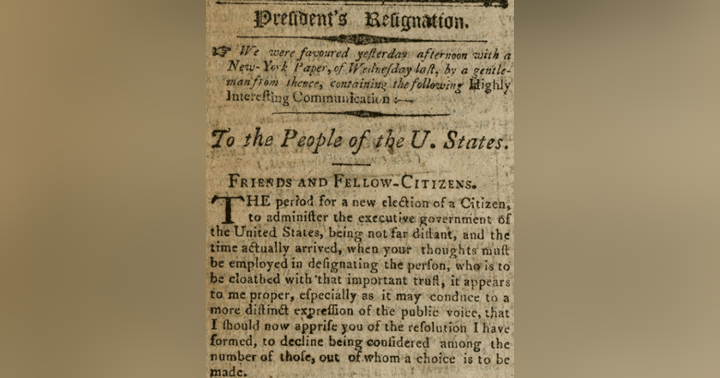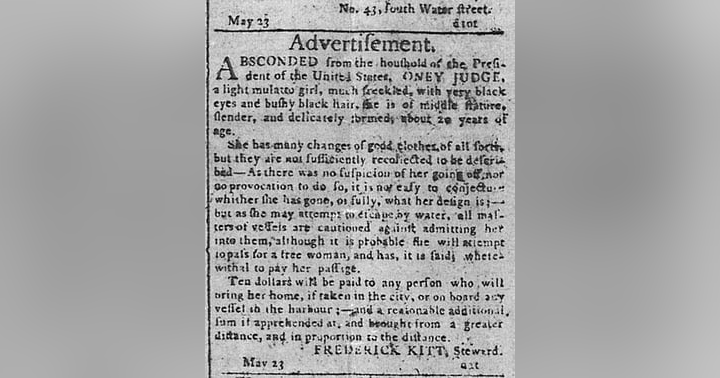The Jay Treaty and Presidential Diplomacy

Check out Mount Vernon’s free online resources about the Jay Treaty, foreign diplomacy, and Washington's interaction with the press. For a full bibliography of the episode, including primary sources and scholarship, check out our Episode 6 show notes.
Media and Interactives
Presidential Diplomacy
As the first President of the United States, George Washington established precedents in every aspect of his administration. Diplomacy was no exception. Washington believed that negotiation was vastly preferable to any other pursuit, and he followed this ideology and took the leading role in diplomatic relations during his presidency. Learn more from the Digital Encyclopedia of George Washington.
John Jay
An important Federalist figure during the early days of the American republic, John Jay was also a close political ally of George Washington and Alexander Hamilton. Learn more from the Digital Encyclopedia of George Washington.
The Jay Treaty
Debates about the treaty caused Washington to establish a firm protocol concerning the constitutional treaty-making process. His response to the public uproar over the treaty also helped define the executive's role in shaping public sentiment. Learn more from the Digital Encyclopedia of George Washington.
Lesson Plans
Establishing the Presidency
A lesson plan that facilitates discussion amongst students about the challenges George Washington faced as the first President of the United States.
Meet The Press – American Presidents
A lesson that uses the weekly news show “Meet the Press” as a model for engaging students using primary sources. Students portray George Washington, Abraham Lincoln, Franklin D. Roosevelt, and the current President of the United States in a television interview. Students will develop answers to the host’s questions through primary sources research and current news articles.\
Presidency Comparison
A primary source worksheet for students focused on close reading skills. Students compare how both George and Martha Washington felt about General Washington becoming the first President of the United States. This lesson builds on the George Washington's Letter to Henry Knox about the Presidency and Martha Washington's Letter about the Presidency worksheets, which are included in this PDF lesson plan. This resource was created by 2015-2016 Life Guard Teacher Fellow Marcia Motter.
Reading the News
A worksheet encouraging students to read and source a newspaper article reporting on a celebration of George Washington's birthday from the Massachusetts Gazette from 1787.
Using Political Cartoons to Understand History
A lesson that uses political cartoons to engage students in a deeper understanding of George Washington's presidency. Students examine political cartoons, created in 2005 by well-known political cartoonists from newspapers across the country for the Donald W. Reynolds Museum and Education Center at Mount Vernon, to explore issues related to the president's title, the Jay Treaty, and the debate surrounding a national bank.
Primary Sources:
George Washington to Edward Carrington, May 1796
This letter to Virginia statesman Edward Carrington provides a glimpse into Washington’s perspective on the developing nation after leaving the presidency.
Washington’s Second Inaugural Address
Washington delivered his Second Inaugural Address in the Senate Chamber of Congress Hall in Philadelphia on March 4, 1793. It was the shortest inaugural speech given by any United States President; it consisted of only 135 words. Washington’s First Inaugural Address was ten minutes long, and spoke on topics ranging from foreign policy to education, while his second focused on his presidential duties and the consequences that should occur if he were to break them.
The Jay Treaty
Formally titled the "Treaty of Amity Commerce and Navigation between His Britannic Majesty and the United States of America," this treaty was officially ratified by President George Washington in August 1795. Read the full transcription here.











